#joel sartore
Text
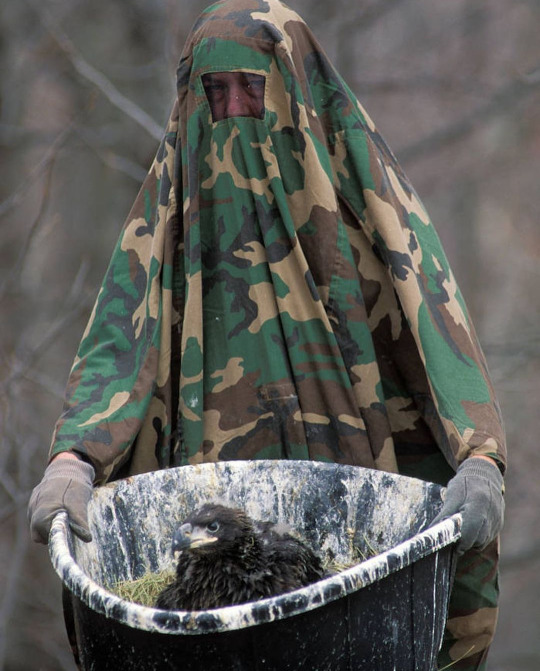
Sutton Avian Research Center, Oklahoma
1K notes
·
View notes
Text

An African white-bellied tree pangolin baby hitches a ride on its mother at Pangolin Conservation, a nonprofit organization in St. Augustine, Florida. The mammals are illegally killed for bush meat and their scales, which are claimed to have medical value.
This photo was originally published in “Documenting the World’s Animals, One Picture at a Time," in April 2016.
PHOTOGRAPH BY JOEL SARTORE, NATIONAL GEOGRAPHIC PHOTO ARK
#joel sartore#photographer#national geographic#african white-bellied tree pangolin#pangolin#animal#mammal#wildlife#pangolin conservation#st augustine#florida#nature
337 notes
·
View notes
Photo
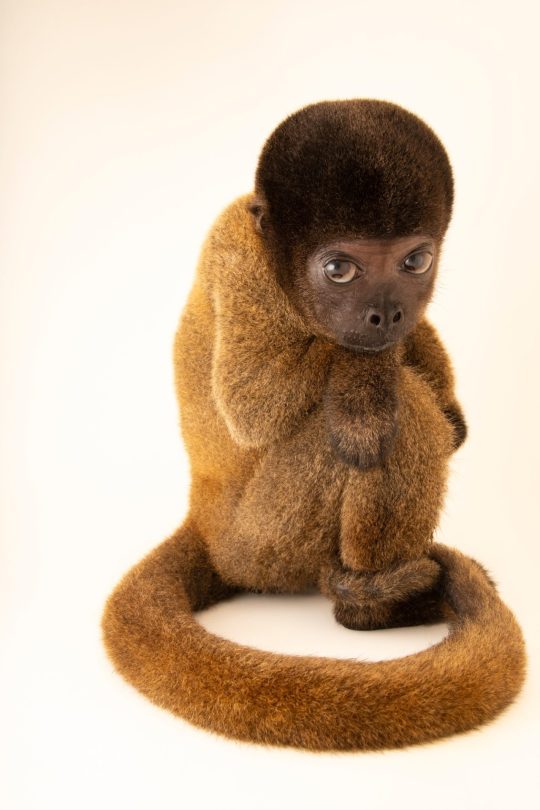
um macaco-barrigudo fotografado por joel sartore.
765 notes
·
View notes
Photo

Animals of the Photo Ark - Australian Zebra Finch (Taeniopygia castanotis)
Family: Estrildid Finch Family (Estrildidae)
IUCN Conservation Status: Least Concern
Note - Male on the left, female on the right.
Named for the black-and-white stripes seen on the necks of males and the tails of both sexes, the Australian Zebra Finch is one of Australia’s most abundant and widely distributed songbirds. Highly gregarious, they typically live in large flocks containing hundreds of individuals, although on occasion they may be spotted alone or in pairs. Australian Zebra Finches are most common in arid inland regions of Australia and rarest near the coast - they are typically found near bodies of water where plants and insects are most abundant. They forage on the ground and feed primarily on fallen seeds, but will also take small insects or pull developing seeds off of plants using their beaks. This species has no specific breeding season, but after forming a pair a male and female will stay together for life and will mate following periods of heavy rainfall. Both parents work to care for the chicks, which develop very quickly (reaching sexual maturity between 70 and 80 days after hatching.)
-----------------------------------------------------------------------------
The photo above is from the National Geographic Photo Ark, and was taken by Joel Sartore. To see more of Sartore’s amazing work and support the Photo Ark, follow the link below:
https://www.nationalgeographic.org/projects/photo-ark/?locale=en
#australian zebra finch#zebra finch#birds#bird#songbirds#australian wildlife#zoology#biology#Ornithology#animal#animals#joel sartore#wildlife
429 notes
·
View notes
Text

Wolf snarls defending its meal - by Joel Sartore, photographer
#wolf#wolves#blood#cw: gore#caninekin#canine kin#wolfkin#wolf kin#wolf growling#wolf snarling#wolf eating prey#wolf with a kill#road killed deer#wildlife photography#joel sartore#photographer#wolf therian#wolf theriotype
9 notes
·
View notes
Text

Rare: Portraits of America's Endangered Species, by Joel Sartore, 2010
Portraits of a wide range of endangered american species, including insects and plants. A very minimalist and impactful book. I got it at my local thrift store
#my library#Rare: Portraits of America's Endangered Species#Joel Sartore#2010#2010s#endangered species#wildlife conservation
9 notes
·
View notes
Photo
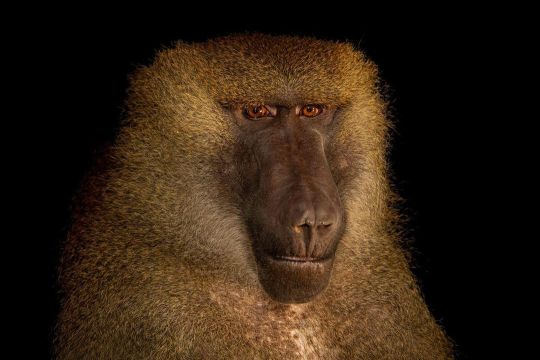
Guinea baboon (male) photographed by Joel Sartore
55 notes
·
View notes
Text
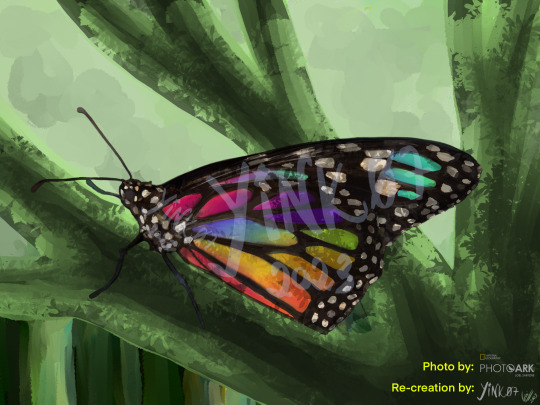
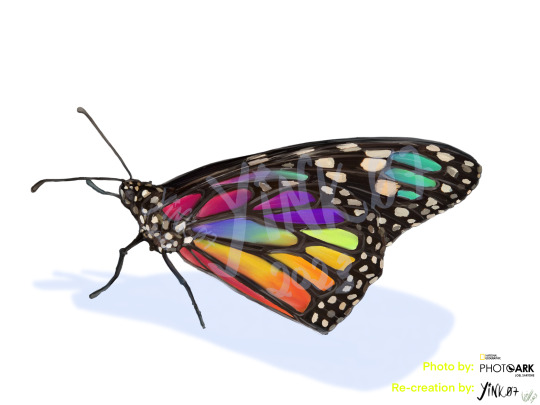
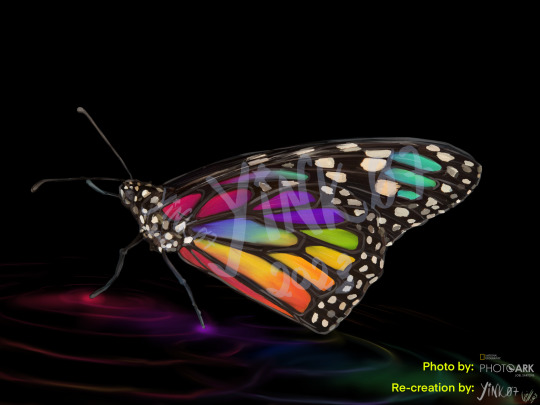
Re-creation of a photo from Joel Sartore [ PhotoArk | NationalGeographic ]
#re-creation#re creation#joel sartore#national geographic#photo ark#national geographic photo ark#photo ark by joel sartore#monarch butterfly#butterfly#rainbow butterfly#rainbow#background#yink07’s backgrounds
3 notes
·
View notes
Text
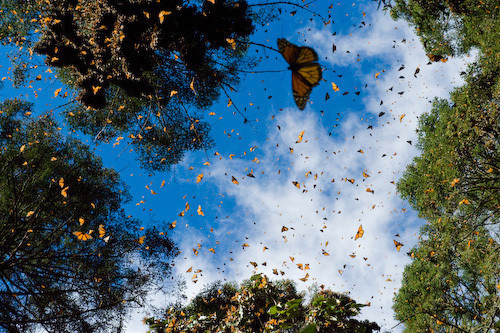
butterflies are small but mighty
photo by Joel Sartore, Nat Geo Image Collection
6 notes
·
View notes
Link
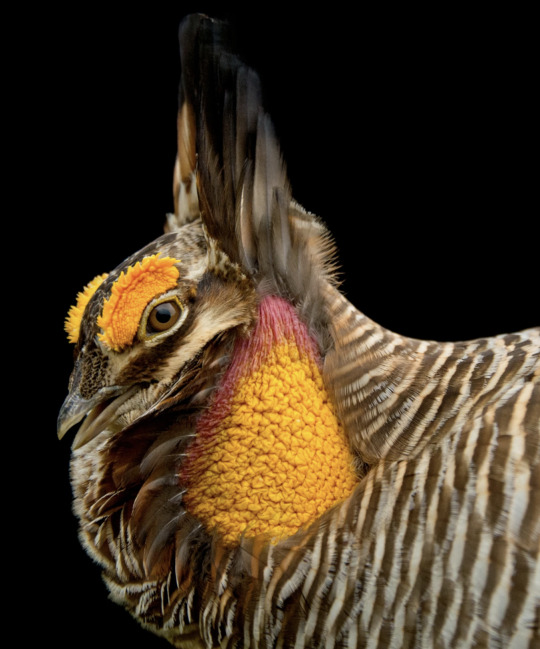
The male greater prairie chicken performs his “booming” display with a group of other hopeful suitors, called a lek. Females gather to judge some eight to 20 males (pictured, an animal at Caldwell Zoo in Texas) at a time as they strut their stuff, usually on a low hill.
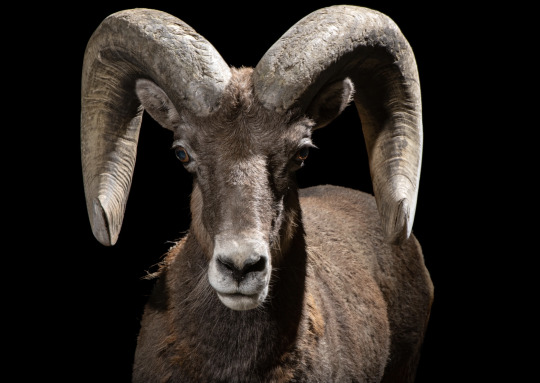
Recent research suggests that animals such as bighorn sheep (pictured, a male Rocky Mountain bighorn sheep at the Denver Zoo) and musk oxen sustain neurological damage as a result of frequent, high-force headbutting.
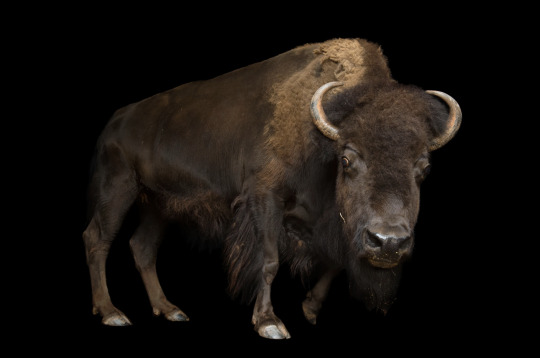
The U.S.’ official mammal, the American bison, is often incorrectly called a buffalo, which only live in Africa and Asia. How to tell the difference? While bison (seen above at the Oklahoma City Zoo) have horns that emerge from the sides of their heads like football goalposts, a buffalo’s horns start at the center of the forehead and swoop to either side like a dramatic middle part.
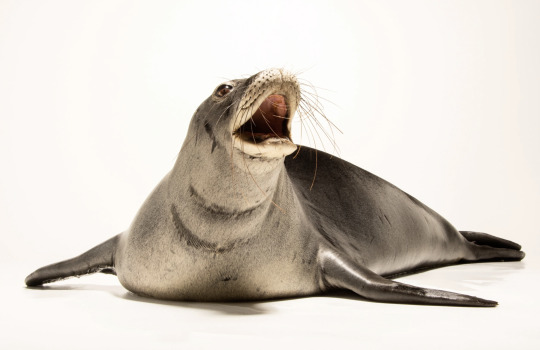
About 1,400 Hawaiian monk seals (pictured, an animal yawns at the Minnesota Zoo) are thought to remain in the wild. They spend approximately two-thirds of their lives in the water, only hauling out on Hawaii’s famous beaches to care for newborn pups and the occasional rest and sunbathing session. They even mate at sea.
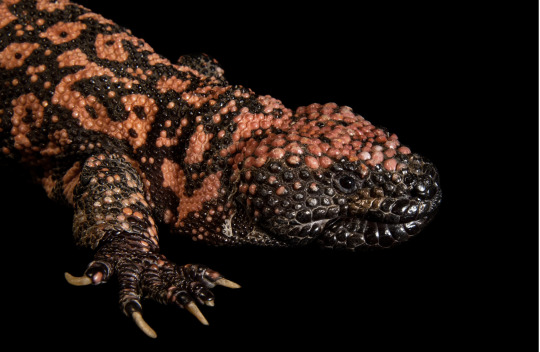
The only venomous lizard native to the United States, the Gila monster is adapted to life in harsh desert conditions. It helps regulate its temperature by airing out its cloaca, a multipurpose orifice the Gila (pictured in Texas' Gladys Porter Zoo) also uses to poop and reproduce. Although it suffers from bad branding, the Gila monster isn’t aggressive.
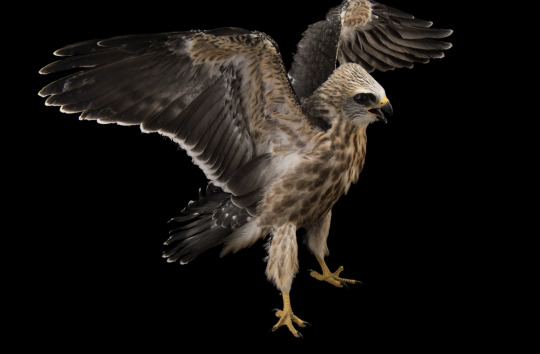
Left: The Mississippi kite is a small and agile bird of prey with a diet mainly composed of flying insects. However, they often build nests next to, or sometimes even containing, wasp nests and appear to get along just fine as neighbors. After raising its chicks, the Mississippi kite makes a long-haul flight to winter in Argentina and Brazil. This animal lives at the Wildcare Foundation, a rehabilitation facility in Oklahoma.
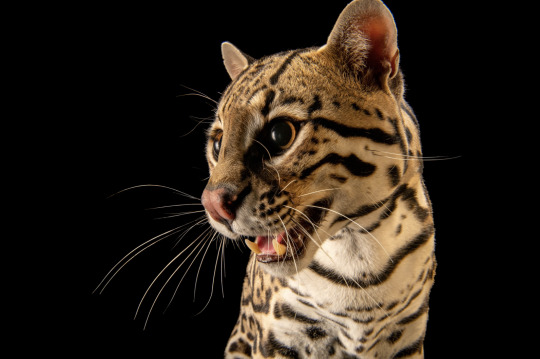
Right: The U.S. is home to only a few dozen ocelots in South Texas. The felines (pictured, an animal at Chile's Santiago Zoo) are double the size of a house cat.
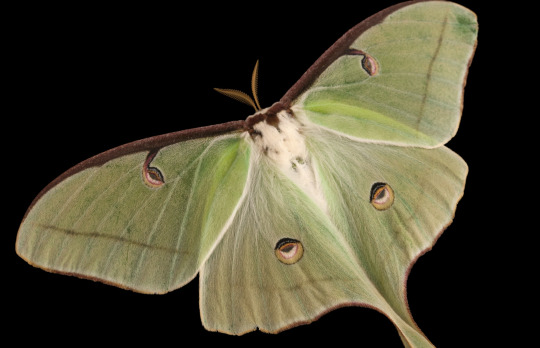
Luna moths (pictured at the Lincoln Children's Zoo in Nebraska) live only seven to 10 days as imago—mature, winged moths. While populations in the northern U.S. go through one generation a year, southern states can see as many as three generations in the same period.

Red wolves are perilously close to extinction, with only 20 to 23 individuals thought to survive in the wild, according to the U.S. Fish and Wildlife Service. That means every birth is precious, from the litter of six born wild in North Carolina in April 2022 to the single pup a captive mother wolf delivered at a Rhode Island zoo two months later. The Great Plains Zoo in South Dakota is home to this pair.
6 notes
·
View notes
Text

A Spanish shawl nudibranch, Flabellina iodinea, at the Research Experience and Education Facility, at the University of California, Santa Barbara.
PHOTO BY: JOEL SARTORE/NATIONAL GEOGRAPHIC PHOTO ARK
#joel sartore#photographer#national geographic#spanish shawl nudibranch#flabellina iodinea#research experience educational facility#university of california santa barbara#marine#nudibranch#nature
62 notes
·
View notes
Photo

um macaco-prego-de-cabeça-grande fotografado por joel sartore.
77 notes
·
View notes
Photo
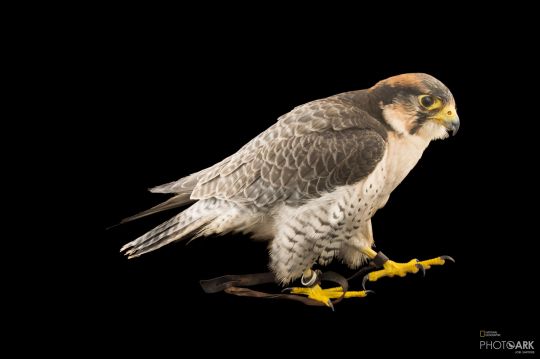
Animals of the Photo Ark - Lanner Falcon (Falco biarmicus)
Family: Falcon Family (Falconidae)
IUCN Conservation Status: Least Concern
Although small by the standards of most birds-of-prey, the Lanner Falcon is one of the largest falcon species (typically growing to be 30-50cm/11.8″-19,7″ in length and weighing around 700-900 grams/24.5-32 oz.) Most common in open grasslands and savannas, it is widely distributed across Sub-Saharan Africa, and may also be found in more scattered populations north of the Sahara as far as southern Europe. While many falcons rely on dive-bombing prey to capture and subdue it, the Lanner Falcon instead hunts through horizontal pursuits, and as such targets airborne prey such as bats and smaller birds. Like many falcons, they are monogamous and, upon forming a pair, will remain together for the rest of their lives, cooperating to protect a shared territory, capture prey and raise chicks. This species breeds in early July and rarely builds its own nest, typically moving into natural crevices or the abandoned nests of similarly sized birds and producing a clutch of 2-4 brown-speckled eggs which are incubated by both parents working in shifts, with one parent caring for the eggs while the other hunts. The eggs hatch around 32 days after being laid, and fledge a further 42 days later (becoming independent just in time to benefit from the large number of migratory birds travelling to Africa and southern Europe to overwinter.) Although Lanner Falcons remain abundant across most of Africa, European and South African populations are in decline due to recreational hunting, habitat loss, accidental poisoning and the collection of chicks for use in the falconry trade.
-----------------------------------------------------------------------------
The photo above is from the National Geographic Photo Ark, and was taken by Joel Sartore. To see more of Sartore’s amazing work and support the Photo Ark, follow the link below:
https://www.nationalgeographic.org/projects/photo-ark/?locale=en
#lanner falcon#falcon#falcons#bird of prey#birds of prey#falconiformes#zoology#biology#Ornithology#wildlife#african wildlife#european wildlife#raptor#raptors#joel sartore#photo ark
286 notes
·
View notes
Photo
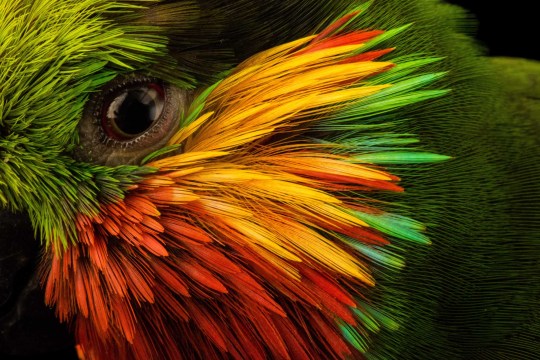
Joel Sartore, “Edward’s fig parrot (Psittaculirostris edwardsii),” Loro Parque Fundacion
0 notes

